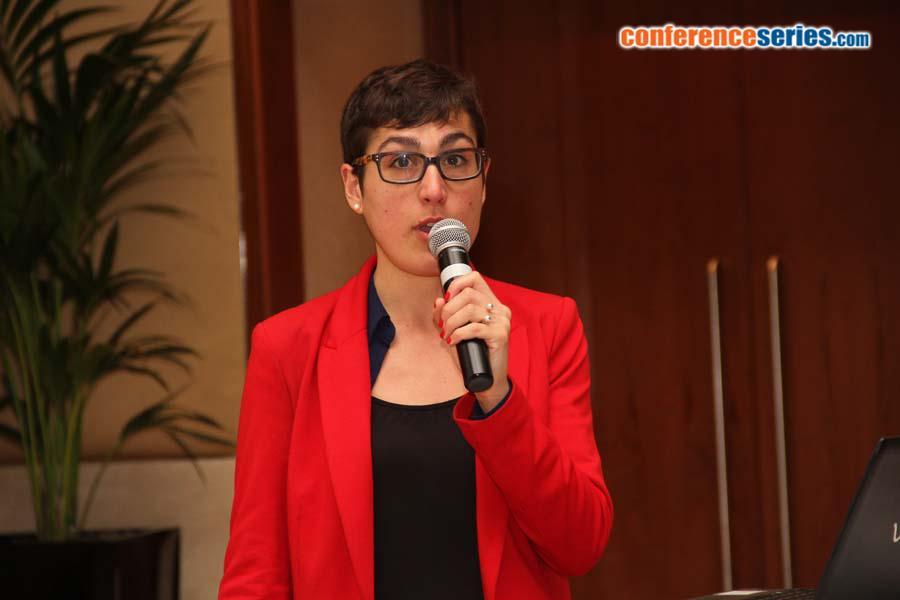Gemma Morral Adell
UiT The Arctic University of Norway, Norway
Title: Efficient distributed localization algorithm for ownership identification of reindeer calf using wireless sensor networks
Biography
Biography: Gemma Morral Adell
Abstract
The paper presents a technique for identifying the ownership of new-born reindeer calves using wireless sensor networks (WSNs) based on distributed signal procesing techniques. Reindeer are semi wild animals that give birth while living in the wild. Although reindeer cows usually carry identification tags or signs of their owners, it is difficult to identify the ownership of the calves within a mixed herd. Currently, identification is performed in the traditional way which is stressful on both animals and herders and quite costly and time consuming. Among the various existing WSN technologies, a special focus is paid to RFID tags subsequently used with RSSI-based localization algorithm. The reindeer herd is gathered in a large pen where tagging and identification is performed. In such an indoor context, considering a low cost ranging technique and an efficient distributed signal processing approach provide an estimation of reindeer calve positions. Since ownership idetification is the dominant factor compared to accuracy, other sophisticated techniques based on more expensive equipment such GPS are avoided. With this aim, each sensor node carried by each animal seeks to estimate its local map (i.e., its own position and that of the sensor nodes in its neighborhood) by collecting noisy measurements of the received signal strength indicator (RSSI) from packets sent by its neighbors. We propose a two-phase algorithm that is implemented as follows. At first, the initial estimated nodes’ positions are obtained from the biased-maximum likelihood estimator (B-MLE). Secondly, the estimated positions are refined by using an on-line distributed stochastic approximation algorithm (DSA).






